Spring Hydrangea Care: 5 Tips for Happy Hydrangeas

If you’re looking for a summer filled with lush blooming hydrangeas, a bit of early spring maintenance can go a long way to achieving your goal.
Our 5 top springtime tips for springtime hydrangea care will provide information on pruning, feeding, transplanting, mulching and even changing the flower color of certain species.
Springtime Hydrangea Care
- Fertilizer - Fertilizing hydrangea bushes is easy. Simply apply the season’s first dose once new growth begins to emerge in spring. A general, all-purpose fertilizer or a product specific to acid-loving plants would be beneficial to your hydrangeas. Following the instructions on the packaging, broadcast the fertilizer evenly along the drip edge of the plant, then water in completely.
- Bloom Color - Want to know how to change the color of a hydrangea? The flower color on mophead (H. macrophylla) and lacecap (H. serrata) types can be altered with the addition of either aluminum sulfate or lime to the soil. A soil acidifier, such as aluminum sulfate, will darken blue hydrangeas and possibly turn pink hydrangeas to more of a purple hue. Lime will lighten blue hydrangeas to a pinkish hue. Apply the correct amendment depending on the desired flower color early in the spring, right after new growth has emerged. A second application can be applied 1-2 months later.
- Pruning - To produce fuller and healthier shrubs, both panicle (H. paniculata) and smooth (H. arborescens) types of hydrangeas should be pruned in early spring. Prune panicle types up to one-half of their total growth Be sure to prune right above a pair of buds. Prune smooth types to just one foot above ground. Other types of hydrangeas including oakleaf and mophead do not require pruning during the spring months.
- Mulch - Apply a 2” layer of mulch in spring just as the leaf buds begin to open. Mulching will help reduce weeds, retain moisture, and give a fresh, clean look to your beds. Pine bark, compost, shredded mulches, and pine needles are all good choices depending on availability in your region.
- Transplanting - Early spring is a great time to transplant hydrangea shrubs that may be receiving a bit too much sun or have outgrown their location. If the shrub is too big and cumbersome to move, you may prune it back a bit to make the plant more manageable. Amend the soil in the new planting area as needed and be sure to water thoroughly after planting, repeating frequently while the roots establish in their new environment.
Gardening tips, videos, info and more delivered right to your inbox!
Sign up for the Gardening Know How newsletter today and receive a free copy of our e-book "How to Grow Delicious Tomatoes".

Amy Draiss, Digital Community Manager at Gardening Know How since 2021, seamlessly blends her hands-on gardening experience with a digital green thumb. With roots in family landscaping and management at a garden center, Amy has cultivated expertise in plants, supplies, and customer relations. Residing in the Midwest, Amy tends to her two-acre haven, showcasing a diverse range of trees, shrubs, and perennials. As the Hydrangea Queen, she shares her love for these blooms and imparts gardening wisdom through videos and social media. Beyond gardening, Amy enjoys quality time with her family, travel, and theme parks. Amy's mission is to inspire and advise plant enthusiasts, fostering flourishing gardens for both seasoned and budding gardeners alike.
-
 Looking For Plants To Give You The Soft And Fuzzies? Try These 5 Fuzzy Leaf Plant Options
Looking For Plants To Give You The Soft And Fuzzies? Try These 5 Fuzzy Leaf Plant OptionsLovers of texture, drama, silver foliage and tactile plants will adore these special sensory garden additions. These fuzzy leaf plant options will leave you all aglow
By Susan Albert
-
 Get Ready For A Summer Of Hummers! Grow These Full Sun Hummingbird Plants and Flowers
Get Ready For A Summer Of Hummers! Grow These Full Sun Hummingbird Plants and FlowersIf you’re lucky enough to enjoy a sunny backyard, make sure you are maxing out on your pollinator opportunities and grow these full sun hummingbird plants and flowers
By Tonya Barnett
-
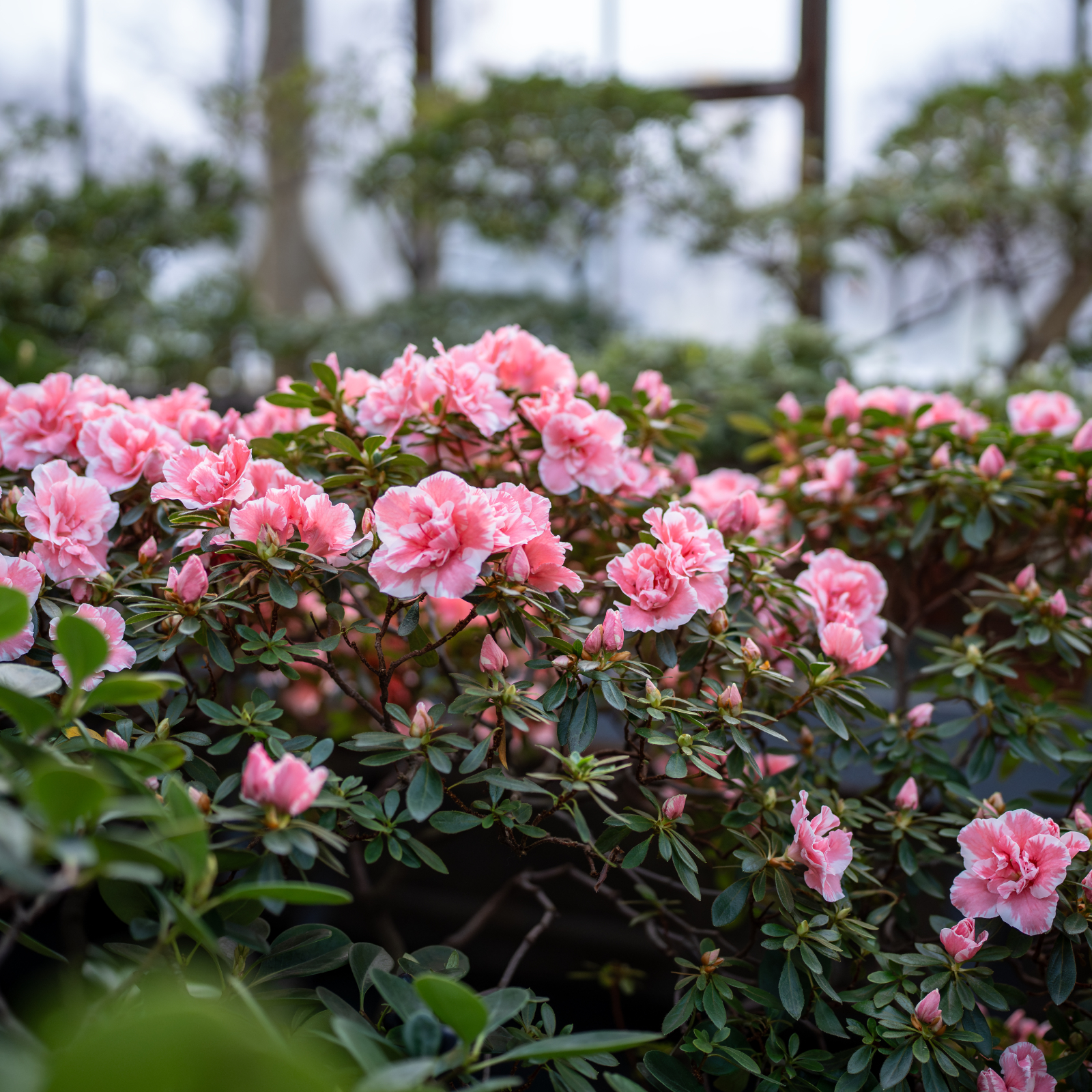 What Is The Size Of An Azalea? Explore Different Varieties That Will Suit Every Garden
What Is The Size Of An Azalea? Explore Different Varieties That Will Suit Every GardenThe size of azaleas can vary widely because they have been selectively bred for different landscape needs. Check out our picks for each size category.
By Mary Ellen Ellis
-
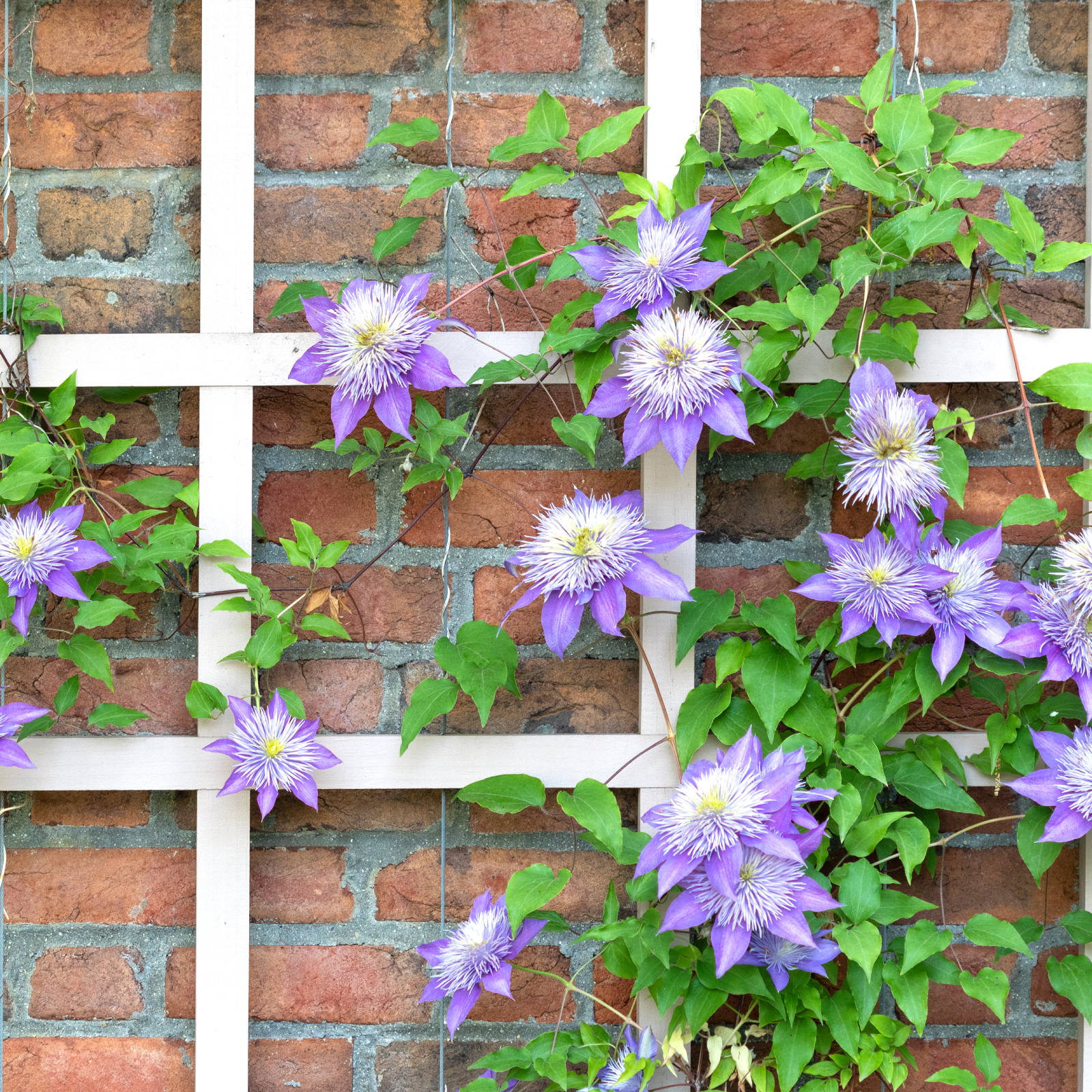 5 Fabulous Fast-Growing Vines – That Will Quickly Climb Any Arbor, Trellis, Or Fence
5 Fabulous Fast-Growing Vines – That Will Quickly Climb Any Arbor, Trellis, Or FenceThese fast growing vines are perfect for covering any eyesores in your yard or creating a living fence. They will provide great visual interest, as well.
By Amy Grant
-
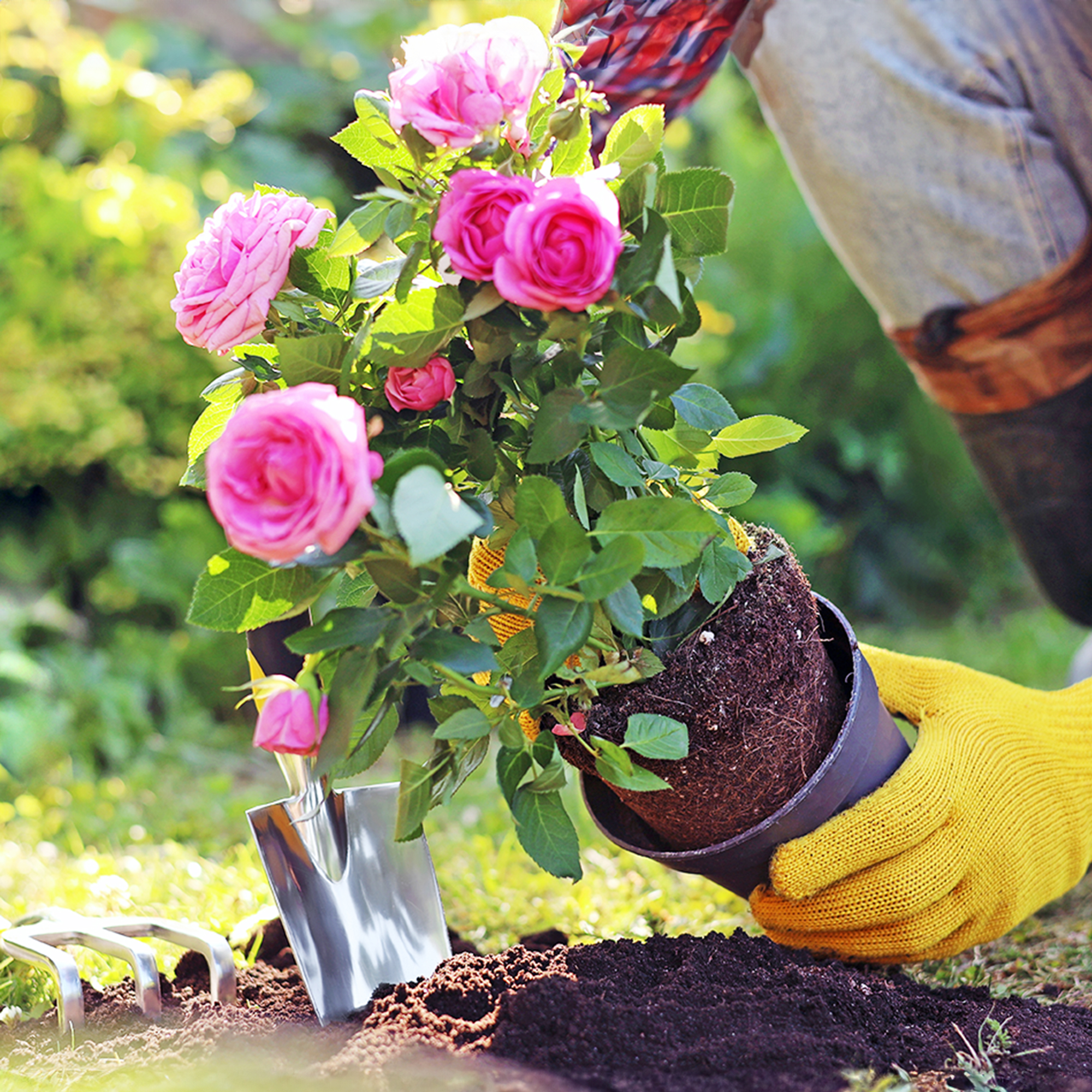 When To Plant Roses: The Best Time For Your Climate And Rose Type
When To Plant Roses: The Best Time For Your Climate And Rose TypePlant your roses at the right time and you will be rewarded with decades of glorious summer flowers – but get it wrong and you'll be crying over dead shrubs.
By Teo Spengler
-
 Spectacular Early Blooming Shrubs: 6 Sparkling Spring Flowering Bushes
Spectacular Early Blooming Shrubs: 6 Sparkling Spring Flowering BushesWant to kickstart your gardening year with dazzling spring flowering bushes for beds and borders? These unique early bloomers are sure to help you rise and shine!
By Teo Spengler
-
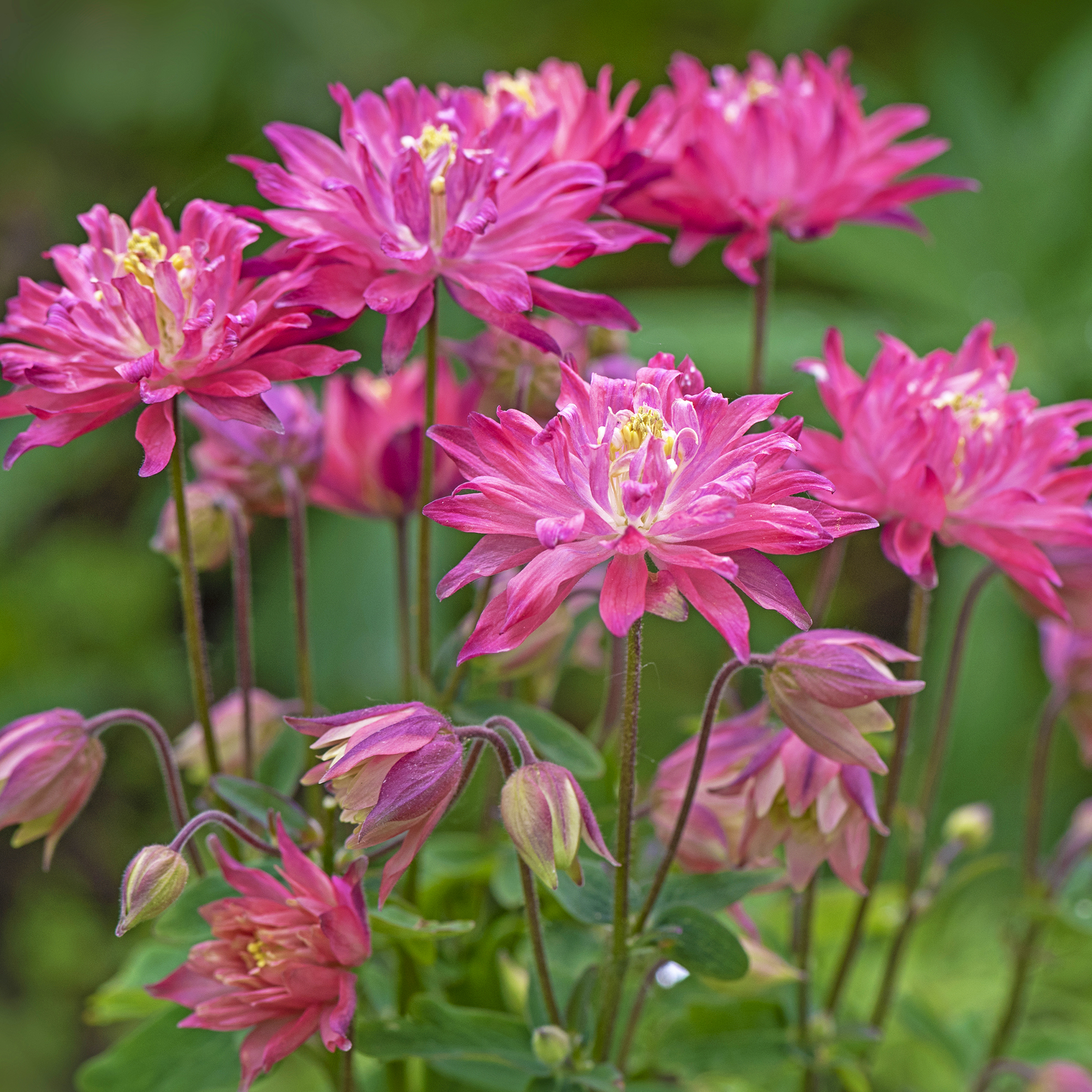 7 Shade-Loving Flowers To Start From Seed Now For A Stunning Summer Garden
7 Shade-Loving Flowers To Start From Seed Now For A Stunning Summer GardenTurn shady spots into vibrant new garden spaces with lovely and illuminating shade-loving flowers.
By Ellen Wells
-
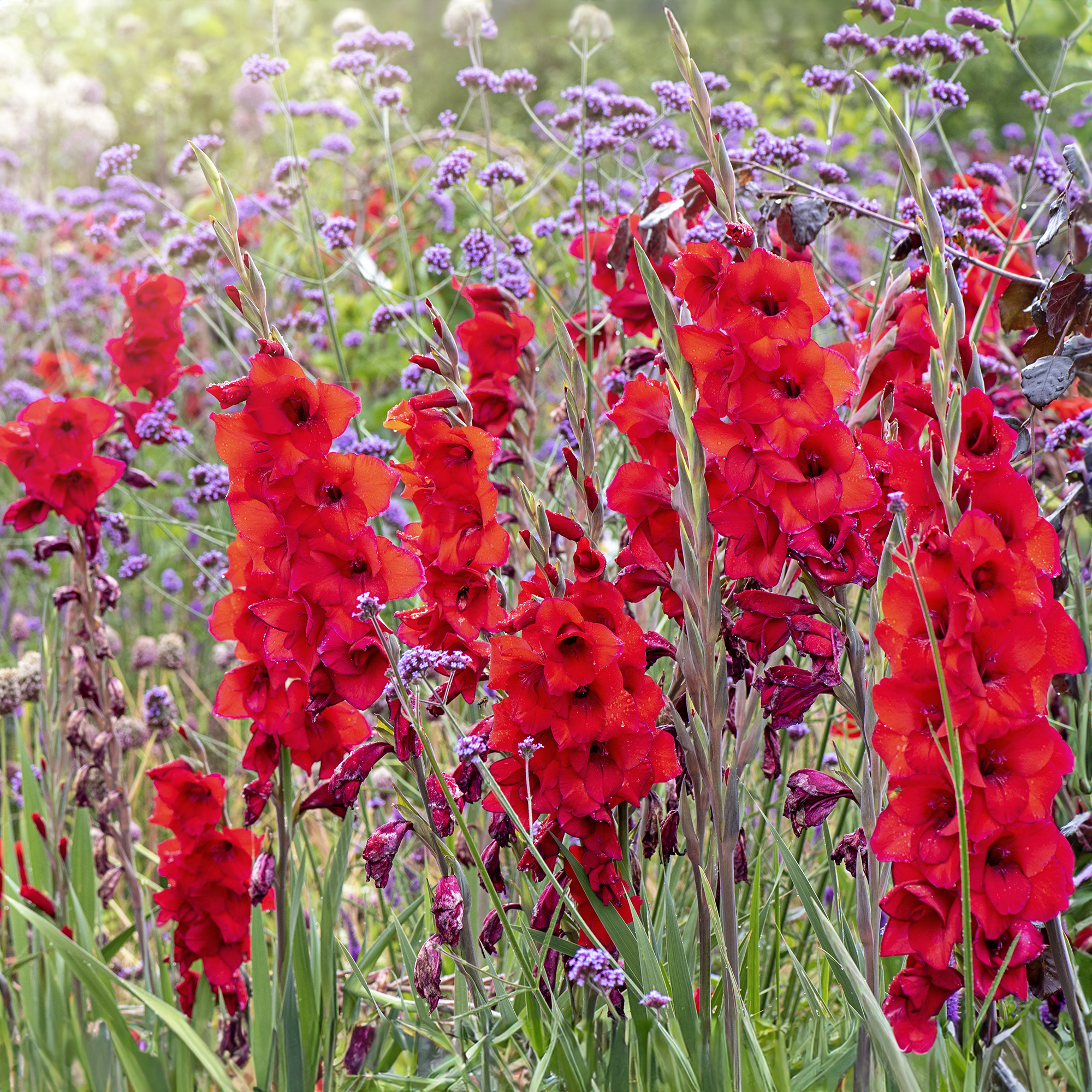 7 Summer-Blooming Bulbs To Plant In Early Spring: Don't Miss Months Of Glorious Flowers!
7 Summer-Blooming Bulbs To Plant In Early Spring: Don't Miss Months Of Glorious Flowers!Get a head start on stunning summer blooms with these easy-to-plant bulbs – act early and you will enjoy vibrant flowers that last for months on end.
By Mary Ellen Ellis
-
 Quick Fire Hydrangea – The Elegant, Easy-Care Shrub Every Gardener Needs In Their Landscape
Quick Fire Hydrangea – The Elegant, Easy-Care Shrub Every Gardener Needs In Their LandscapeIf you’re after an early flowering panicle hydrangea that offers plenty of floral variety, the Quick Fire hydrangea goes big on visual dynamics from early summer to fall
By Tonya Barnett
-
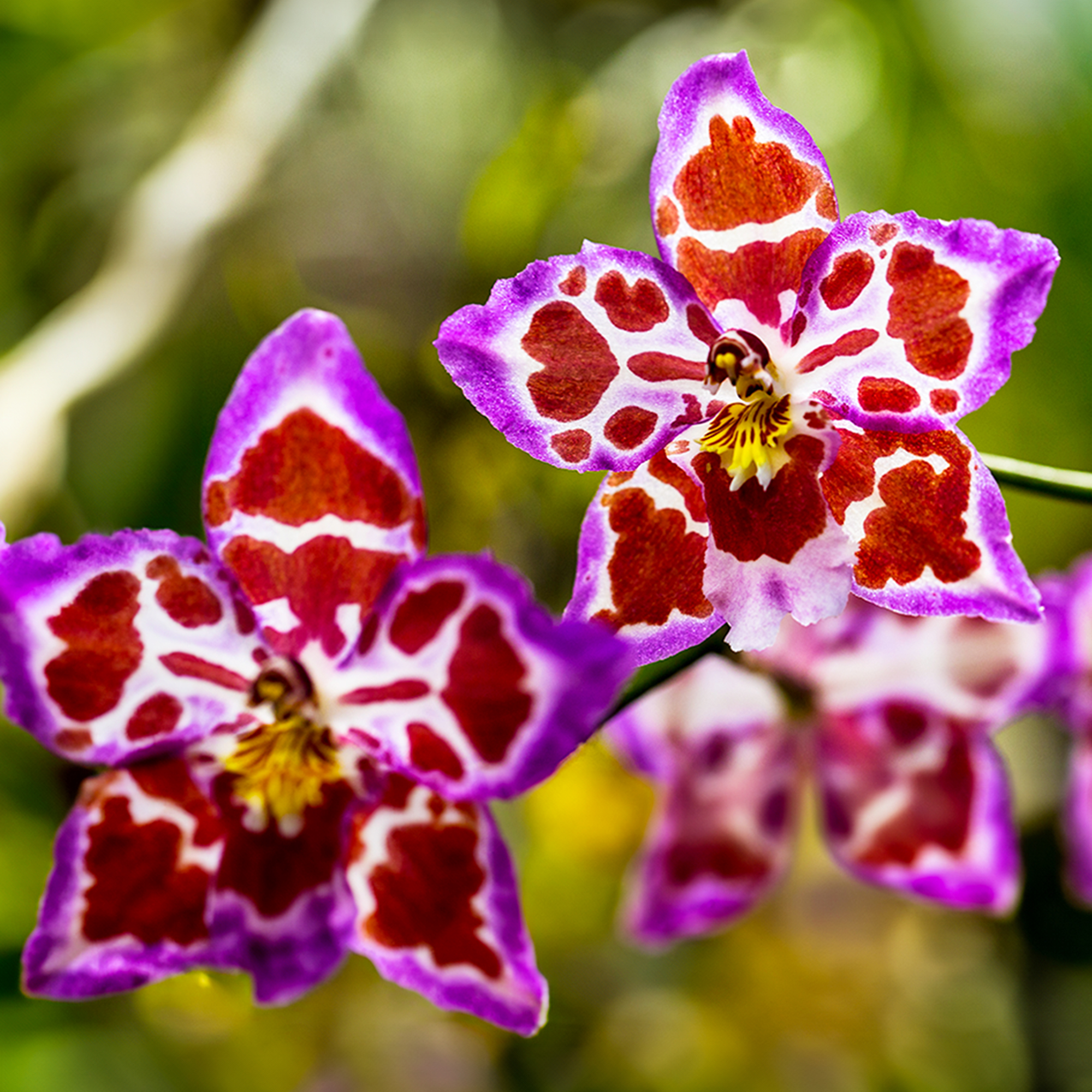 8 Rare Orchids That Make Stunning Houseplants – Some Are Surprisingly Easy To Grow
8 Rare Orchids That Make Stunning Houseplants – Some Are Surprisingly Easy To GrowDiscover unique orchids that will add exotic beauty to your home. Some make easygoing houseplants, while others offer a challenge for more seasoned growers.
By Melanie Griffiths